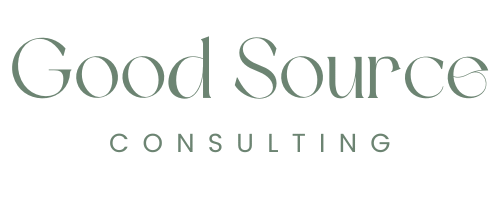Today’s consumers expect more from beauty brands. They not only want products that are safe and effective, but they also want to support brands that lead with transparency and integrity. For beauty brands, aligning your sustainability efforts with your brand identity can help you earn trust, build customer loyalty, and differentiate your beauty brand in a crowded market.
In this post, I’ll show you how to build a sustainable brand strategy that connects meaningfully with your customers in five simple steps.
1. Start with your brand values
With more sustainable packaging options and green certifications available than ever, it’s tempting to dive straight into tactics. But before you set emissions targets or choose sustainable materials, take a step back and ask: What does your brand truly stand for?
Is your brand built on ingredient transparency and safety? Do you aim to lead in ethical sourcing? Or is your purpose to give back to specific communities? Your core values should shape your sustainability priorities and serve as the foundation of every decision.
2. Know your impact
Every beauty brand has a unique footprint. A small-batch skincare brand faces very different challenges from a global haircare line, and your sustainability strategy should reflect that. Before setting goals or making claims, you need to understand where your business stands today. That means taking a closer look at the social and environmental impacts of your business, from ingredient sourcing and packaging to labor practices and product use.
Start by identifying the areas where your beauty brand has the most significant impact and the greatest potential to create positive change. Knowing where you stand helps you prioritize what matters most and avoid the trap of surface-level “sustainable” claims that don’t hold up under scrutiny.
3. Set clear and achievable goals
Once you know your impact, it’s time to define what success looks like for your brand. Setting clear sustainability goals gives your strategy direction and signals to your customers that you’re serious about making a difference. Your goals should be rooted in your brand values and aligned with your most significant impact areas. For example:
- A skincare brand that prides itself on transparency might aim to source 100% of key ingredients from traceable, certified suppliers within two years.
- A fragrance brand may focus on reducing packaging waste by shifting to refillable bottles and eliminating decorative outer boxes.
- A scaling haircare brand might set a goal to reduce carbon emissions in its distribution network by 30% as it expands into new markets.
4. Bring sustainability into your brand story
Sustainability shouldn’t sit on the sidelines of your marketing; it should be woven into the heart of your brand’s storytelling. Today’s customers want to know why you’re making sustainable choices, not just what you’re doing.
Share the “why” behind your goals, the values driving your decisions, and the progress you’re making along the way (even if small). It builds authenticity and invites your customers to be part of your journey.
5. Keep evolving and stay accountable
A long-term commitment evolves as your brand grows, technologies change, and new challenges emerge. The best sustainable brand strategies are flexible enough to adapt and built on systems that help you stay accountable.
Track your progress, stay transparent about both wins and challenges, and revisit your goals as your brand evolves. A truly sustainable brand doesn’t just meet expectations—it keeps pushing for better.
📩 Want help defining what sustainability means for your brand? Let’s build a sustainability strategy that earns trust, drives lasting growth, and elevates your beauty brand’s impact. Explore my services or get in touch to schedule a free consultation→
Featured image by Leeloo The First via Pexels.
